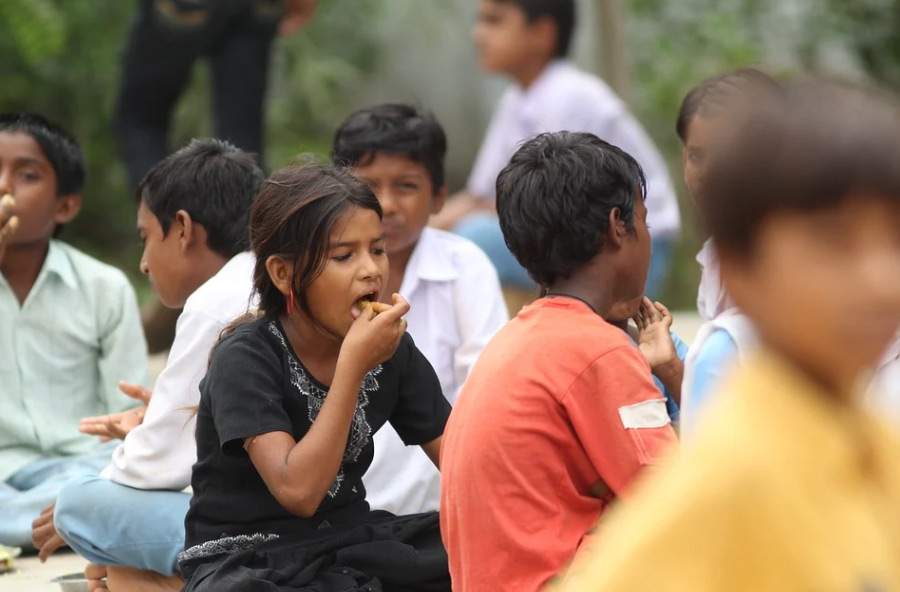Dileep K. Birur, Angel Aguiar, Badri Narayanan G.
With global population expected to reach 9 billion by 2050 (UN, 2009), achieving food security for all, while addressing competing priorities for land and other resources, is a key challenge of the 21st century. Most of the growth in demand for food is expected to come from developing countries. The rural-urban divide in terms of food security, among the poor households, in these countries is often found to be considerable. India is a key global player, as a leading emerging economy, with a strong impact it had on the World Trade Organization’s (WTO) latest negotiations, in the food security context. Until 2013, India followed a welfare-based approach of distributing food grains to its low-income group at an issue price which is much lower than its market price or procurement price. Then, the Government of India passed the National Food Security Act 2013 (NFSA, also called the Right to Food Act due to its rights-based approach). The NFSA entails providing subsidized food grains to nearly 75% of the rural population and 50% of the urban population. There is a disconnect in the literature between two sets of hypotheses – household-type-level differences in food security to be addressed by policies such as NFSA and the distortions arising from it. In this study, we attempt to bridge this gap by examining the economy-wide and household level implications of India’s NFSA within the context of global food security challenges. We utilize MyGTAP data program (Minor and Walmsley, 2013), and MyGTAP model (Walmsley and Minor, 2013) to demonstrate implications of implementing NFSA by introducing equivalent food consumption subsidies in India in the place of any existing subsidies. Our analysis may help addressing global debate on subsidizing food consumption, particularly in the context of concerns articulated mainly by India on behalf of the developing countries, on the Trade Facilitation Agreement (TFA) clauses on food subsidies.

